Batian Peak Elevation / Altitude: 5,199 m above sea level.
At 17,054ft, Batian Peak is not only the highest Peak on Mount Kenya but also it is the second-highest summit in Africa, behind Uhuru Peak. To climb this peak which is basically an erect 600m wall, you will need tactical skills and special equipment. The name comes from Mbatian, a Maasai elder, and it is located in close proximity to Nelion, the mountain’s second-highest summit. This is because Batian has more difficult climbing requirements than Point Lenana, which is why it is less popular. A fifth-class professional rock climbing skill set is required for the last stretch of the journey, even though the majority of the trip is an ordinary hike. On Batian Peak, climbing routes include ropes and specified resting or camping areas for climbers to use. Climbers who have prior expertise climbing technically are not required to have tour guides, however, climbing alone is not permitted. The famous North Face route and the Ice Route are two of the several climbing routes that go to the summit of the mountain. Rainfall is often avoided throughout the climbing season, which runs from March to June. There is a Kenyan flag flying throughout the area at the top, much like there is at other summits on Mount Kenya; but, due to the difficulties in coordinating logistics, there may not be a signpost. It is thought that Batian is the crown of a volcanic plug, and some ideas imply it may have been higher than 6,000 meters by the time glaciers and weathering began to erode it. Despite being only a few kilometres south of the equator, Batian keeps snowfall throughout the whole year, which is a distinctive characteristic of the mountain. Batian is located inside Mount Kenya National Park. The slopes in the north serve as a passageway for the equator itself. There is a scarcity of plants and fauna in the region that surrounds Batian Peak, which is referred to as the nival zone characterized by vegetation (called associations) that thrive on rocks and gravel with few areas of sprawling meadow. There is also a scarcity of insects. As the height climbs, the size of the volcanic rocks that make up the peak steadily decreases down. Climbing Mount Kenya during the day is necessary in order to escape the coolness of the evening weather, which can range from sunny to snowstorms. It is common for climbers to be forced to withdraw due to unpredictable weather patterns and abrupt storms, which highlights the significance of exercising care and having skilled guides for safety.
Climbing Batian Peak
Ascending Batian Peak requires technical climbing skills, particularly in the final stretch, which involves fifth-class professional rock climbing. Climbing routes are equipped with ropes and designated resting spots, ensuring safety during the ascent. Although solo climbs are prohibited, experienced climbers can tackle the peak without mandatory tour guides.
Here’s a suggested itinerary for climbing Batian Peak on Mount Kenya:
Day 1: Transfer from Embu town to the Chogoria National Park Gate. Begin the journey with a 4×4 ride up towards Meru Banda’s.
Day 2: Trek from Meru Banda’s to the campsite at Lake Ellis.
Day 3: Continue the trek from Lake Ellis to Minto’s Camp.
Day 4: Start early to reach Point Lenana via Austrian Hut for sunrise. Descend to Shiptons Camp or transfer to the bivi point at the base of Batian.
Day 5: Summit Day! Ascend Batian Peak and return to Shiptons Camp.
Day 6: Spare day for poor weather or alternative climbs/treks if Batian Peak has already been summited.
Day 7: Trek from Shiptons Camp to Old Moses Camp.
Day 8: Trek from Old Moses to the Sirimon National Park Gate and transfer to Naro Moru town.
This itinerary allows for acclimatization and provides flexibility in case of adverse weather conditions. It also includes rest days and options for alternative activities to enhance the overall climbing experience.
Various Climbing Routes
Batian Peak offers multiple climbing routes, including the popular North Face route and the Ice Route. The climbing season typically avoids the rainy period from March to June, ensuring optimal conditions for climbers. At the summit, climbers are greeted by the Kenyan flag, symbolizing their triumphant achievement. See all Mount Kenya Routes
Geological Significance
Batian is believed to crown a volcanic plug, hinting at its geological origins. The peak’s history is shrouded in theories, with some suggesting it may have exceeded 6,000 meters in height before erosion sculpted its current form.
Location and Environment
Located within Mount Kenya National Park, Batian Peak sits a few kilometers south of the equator, yet retains snowfall year-round, creating a dramatic contrast against the African landscape. The surrounding area, known as the nival zone, is characterized by barren terrain and minimal wildlife, adding to the peak’s mystique.
Weather and Challenges
Weather conditions on Mount Kenya vary from sunny to cold snowstorms, necessitating caution and proper equipment for climbers. Sudden storms and unpredictable weather patterns pose challenges, emphasizing the need for experienced guides and meticulous planning.
Batian Peak Difficulty
The ascent to Batian Peak presents several challenges and requires careful preparation, a combination of technical skill, physical fitness, and mental resilience. Climbers should be well-prepared, equipped with the necessary gear, and exercise caution while navigating the challenges presented by the route.
. Here’s an overview of the difficulties climbers may encounter:
- Length of Climb: The summit climb typically takes between 11 to 13 hours to complete, starting from a base altitude of 4600m and reaching 5199m at the top. This prolonged duration demands endurance and stamina from climbers.
- Acclimatization and Fitness: Adequate acclimatization to high altitudes and physical fitness are essential for a successful climb. Climbers must be prepared for the rigors of the ascent and the exposed conditions they will encounter, including mist, rain, snow, and cold rock.
- Terrain Variation: The trek phase approaches the peaks from the east via the Chogoria route, transitioning through diverse landscapes. The terrain ranges from forested areas to moorland, high alpine desert, and eventually rocky glaciated landscapes. Climbers will also encounter scrambling sections on snow and ice during acclimatization climbs to Point Lenana.
- Rock Climbing Difficulty: The rock climbing portion of the ascent typically consists of 16 to 21 pitches, depending on factors such as rope length, group size, and local conditions. Climbers can expect varying levels of difficulty, ranging from low-grade scramble sections to more challenging pitches up to grade UIAA IV+ (UK V.Diff-Mild Severe, US 5.5). Most pitches fall around UIAA II (UKDiff, US5.3). The route usually takes the West side variation at Firmin’s Tower.
- Rock Characteristics: The rock on Batian Peak is Nepheline Syenite, similar to granite, with blocky and abrasive features. Weathered fissures run vertically and horizontally, offering good holds and friction. However, climbers must navigate loose boulders, rocks, and sandy scree in the amphitheatres and easy-angled couloirs. Helmets are essential for protection.
- Belay Points and Protection: Standard belay points along the route are typically secured with slings around rock spikes and boulders. Some points may have pitons in place, and occasionally, a drilled bolt may be found. Protection between belays is primarily traditional, with climbers relying on self-placed nuts, cams, and occasionally pitons for safety.
Planning Your Ascent to the Peak
Climbing Batian Peak requires careful preparation and acclimatization. A suggested itinerary includes multiple days of trekking and acclimatization stops to ensure a safe and successful ascent. The route to the summit traverses diverse landscapes, from forested terrain to rocky glaciers, offering a unique adventure for climbers.
Before embarking on the journey to summit Batian Peak, climbers must carefully plan their ascent to ensure safety and success. Here are some key considerations:
- Acclimatization: Adequate acclimatization is crucial when climbing at high altitudes to prevent altitude sickness and ensure a successful summit. It is recommended to spend several days at lower elevations to allow the body to adjust to reduced oxygen levels.
- Fitness Preparation: Climbing Batian Peak requires a high level of physical fitness and endurance. Prior training and conditioning, including cardiovascular exercises, strength training, and hiking, can help prepare climbers for the challenges of the ascent.
- Equipment: Climbers must have the appropriate gear and equipment for the climb, including rock climbing gear, ropes, harnesses, helmets, crampons, and ice axes. Proper clothing for varying weather conditions, including warm layers and waterproof outerwear, is essential.
- Route Selection: Choose the most suitable climbing route based on skill level, experience, and weather conditions. The North Face route and the Ice Route are popular options, but climbers should assess the difficulty and technical requirements of each route before making a decision.
- Weather Monitoring: Keep a close eye on weather forecasts and be prepared for changing weather conditions. Avoid climbing during the rainy season (March to June) when conditions can be hazardous, and visibility may be limited.
- Safety Protocols: Follow safety protocols and guidelines during the ascent, including proper rope management, belaying techniques, and communication with climbing partners. Stay alert for objective dangers such as rockfall, avalanches, and sudden weather changes.
- Emergency Preparedness: Have a contingency plan in case of emergencies, including access to medical assistance and evacuation procedures. Carry a first aid kit, emergency shelter, and communication devices such as a satellite phone or two-way radio.
- Respect for the Environment: Practice Leave No Trace principles and minimize your impact on the environment. Pack out all waste and litter, respect wildlife and vegetation, and adhere to park regulations and guidelines.
By carefully planning and preparing for the ascent, climbers can maximize their chances of reaching the summit of Batian Peak safely and successfully. With determination, skill, and respect for the mountain, the journey to conquer Africa’s second-highest peak can be a rewarding and unforgettable adventure.
Experiencing the Summit
Reaching the summit of Batian Peak is an awe-inspiring achievement that offers unparalleled views and a sense of accomplishment. Here’s what climbers can expect when they reach the top:
- Panoramic Views: From the summit of Batian Peak, climbers are rewarded with breathtaking panoramic views of the surrounding landscape. On clear days, the vast expanse of the Kenyan savannah stretches out below, while neighboring peaks of Mount Kenya and even the distant silhouette of Mount Kilimanjaro to the south may be visible.
- Cultural Significance: Batian Peak holds significant cultural and historical significance for the indigenous Kikuyu and Maasai people who have long revered it as a sacred and mystical location. Climbers can learn about the cultural heritage of the mountain and its importance to local communities.
- UNESCO World Heritage Site: Mount Kenya, including Batian Peak, is designated as a UNESCO World Heritage Site due to its outstanding natural beauty and ecological importance. Climbers can appreciate the unique biodiversity of the mountain and the importance of its conservation.
- Sense of Achievement: Summiting Batian Peak is a challenging endeavor that requires determination, skill, and perseverance. Standing atop one of Africa’s highest points offers a profound sense of achievement and fulfillment that is unmatched by any other experience.
- Connection with Nature: Climbing Batian Peak allows climbers to connect with nature in a profound way, immersing themselves in the rugged beauty of the mountain landscape and experiencing the raw power of the natural world.
- Memorable Experience: The journey to the summit of Batian Peak is an unforgettable adventure filled with moments of excitement, challenge, and discovery. Climbers will create lasting memories and forge bonds with their fellow climbers as they conquer one of Africa’s most iconic peaks.
When to Climb Batian Peak
The North Face routes of Mount Kenya are typically climbed during the summer months in the northern hemisphere, which includes the months of June through August. However, September and the beginning of October are also potential climbing months. Because it is located on the equator, the sun will be positioned in a direction that is somewhat to the north of the mountain throughout these months. Because of this, there is less snow and ice, which makes climbing simpler. Additionally, the rock is warmer, and you will get some sun on your face.
See also: Best Time To Climb Mount Kenya
The months of April, May, and October/November are typically considered to be Kenya’s rainy seasons. If you are interested in climbing during the months of December through March, please visit our website that is dedicated to climbing Nelion via the South East Face. On this page, you will find information on it being feasible to summit Batian via the Gates of Mist and Nelion via the South East Face.
Choosing the right time to climb Batian Peak is crucial for a safe and enjoyable ascent. Here are some factors to consider when planning your climb:
- Weather Conditions: The weather on Mount Kenya can vary dramatically throughout the year, affecting climbing conditions. The best time to climb Batian Peak is during the dry seasons, typically from January to February and from June to October. During these months, the weather is generally more stable, with fewer chances of rain and snow.
- Avoiding the Rainy Season: The rainy seasons in Kenya usually occur from March to May and from November to December. Climbing during these months can be challenging due to heavy rainfall, slippery trails, and increased risk of landslides. It’s best to avoid climbing Batian Peak during the rainy season to ensure safety and avoid unnecessary difficulties.
- Temperature Considerations: Mount Kenya experiences colder temperatures at higher elevations, especially during the night. Climbers should be prepared for sub-zero temperatures and potential snowfall, even during the dry seasons. Proper clothing and equipment are essential to stay warm and comfortable during the climb.
- Crowd Levels: While Batian Peak is less frequented than other peaks on Mount Kenya, such as Point Lenana, it’s still important to consider crowd levels when planning your climb. The dry seasons tend to attract more climbers, so if you prefer a quieter experience, you may want to consider climbing during the shoulder seasons or offseason.
- Personal Preferences: Ultimately, the best time to climb Batian Peak depends on your personal preferences and climbing goals. Some climbers may prefer the challenge of climbing during the rainy season, while others may prioritize stable weather conditions and clearer views. Consider your own comfort level, experience, and objectives when choosing the timing of your climb.

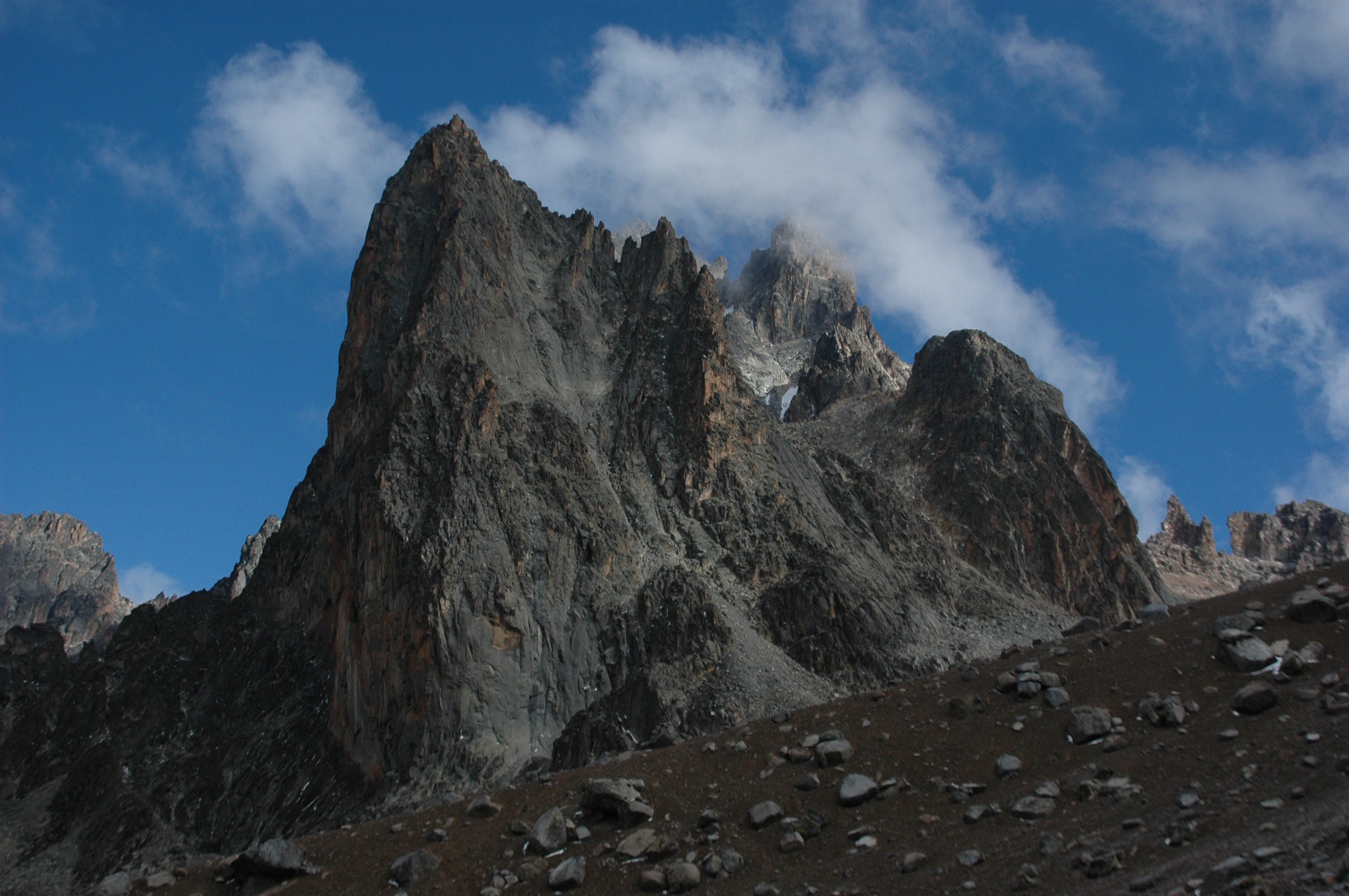
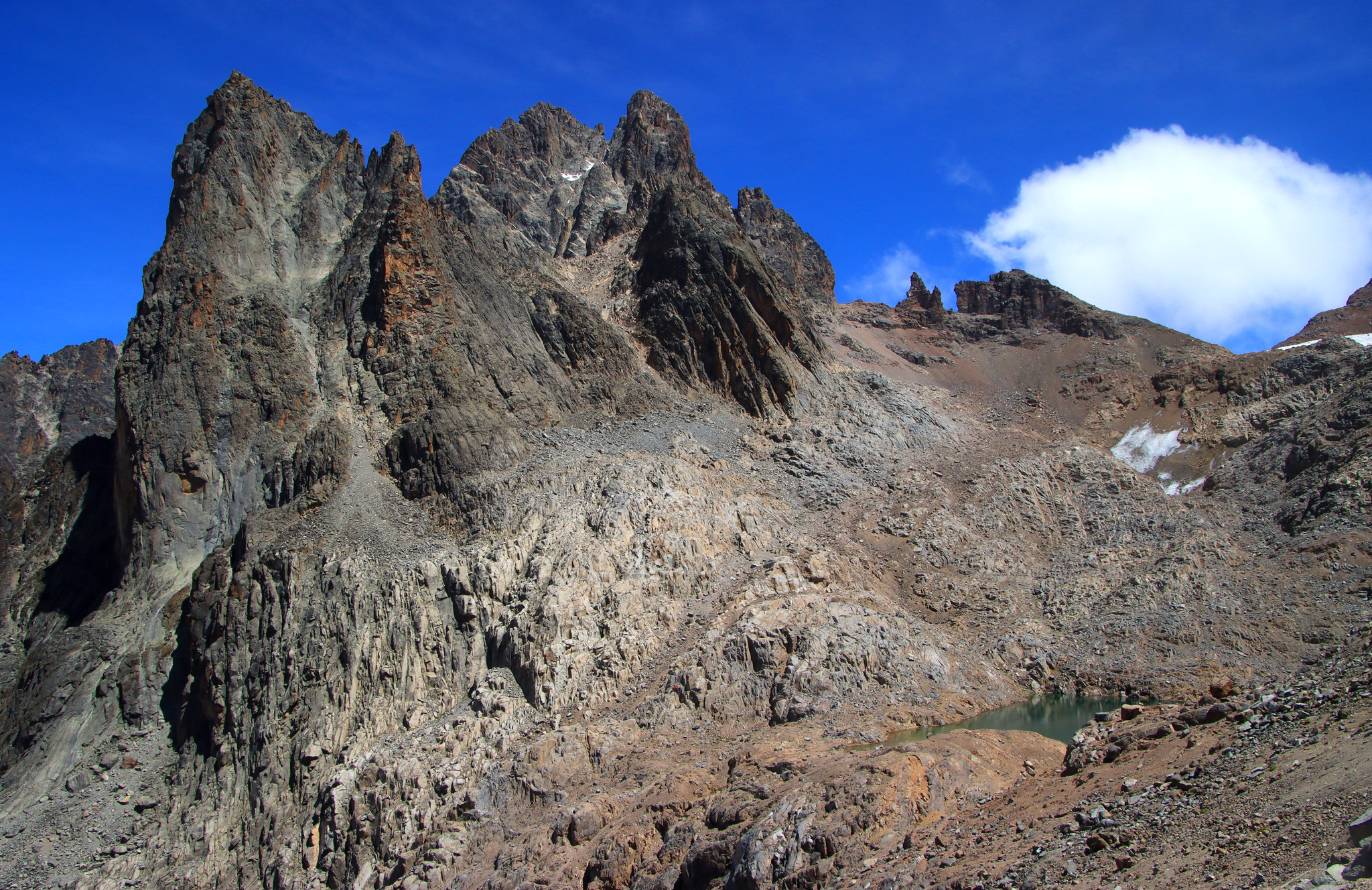
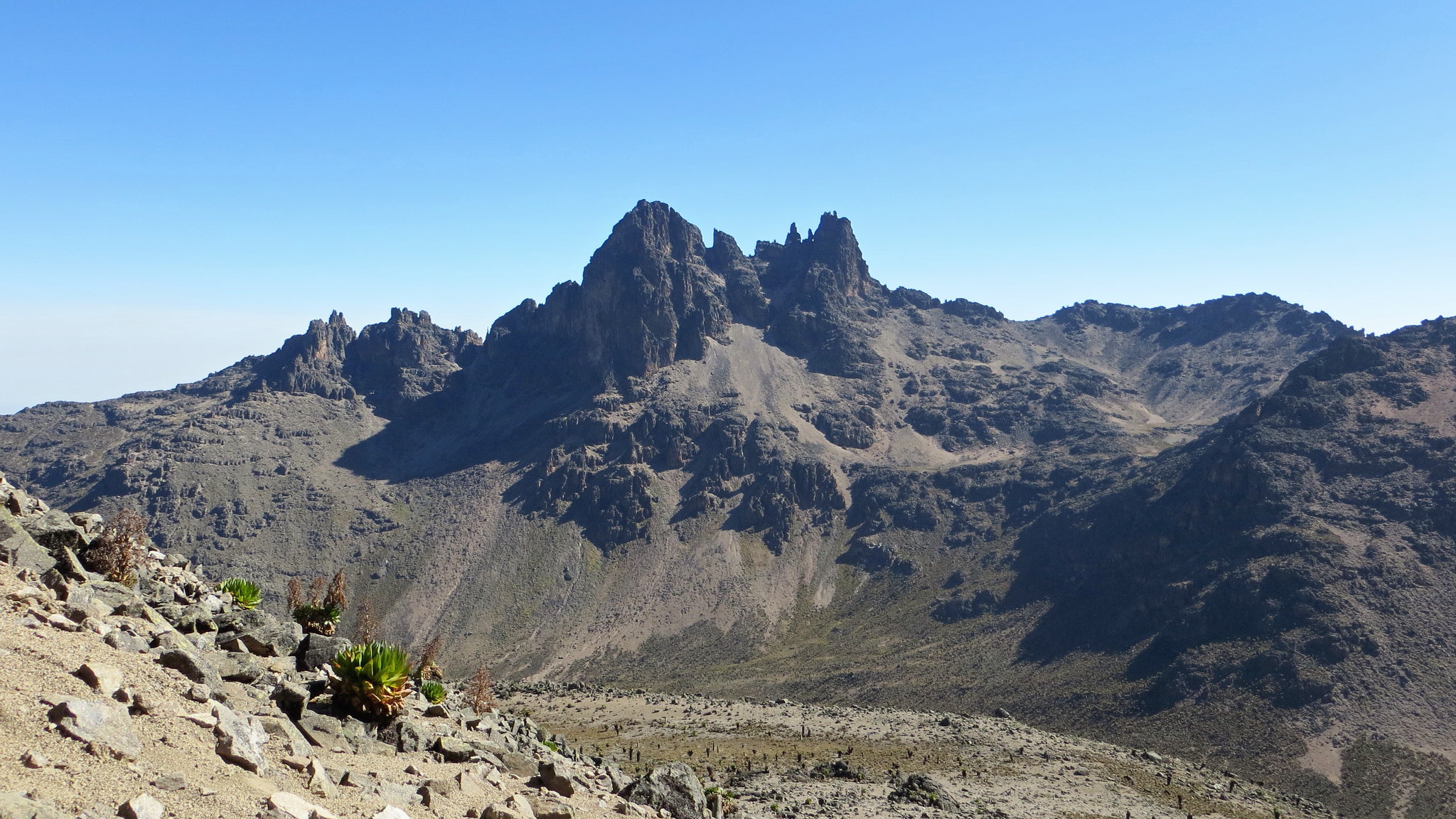
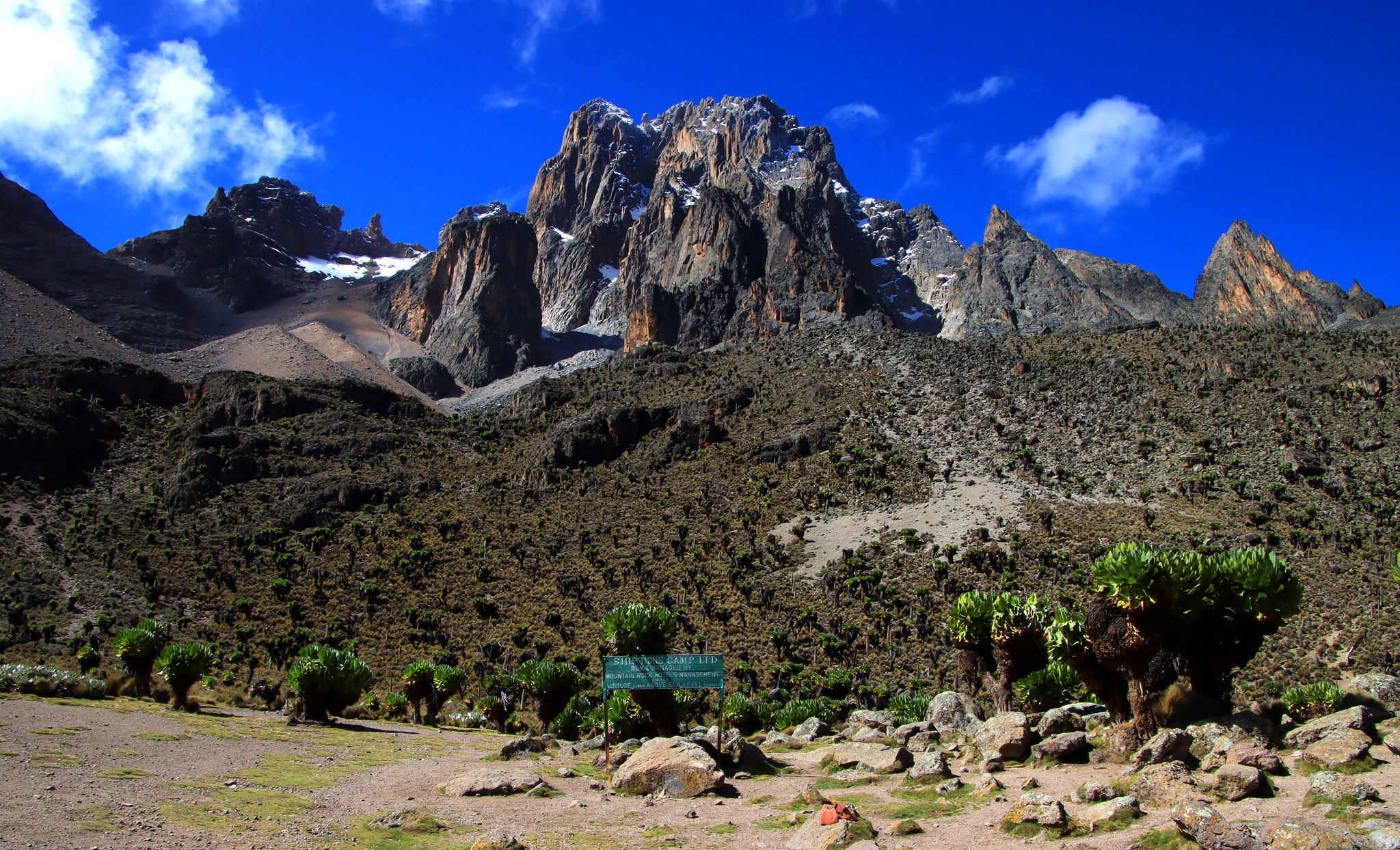
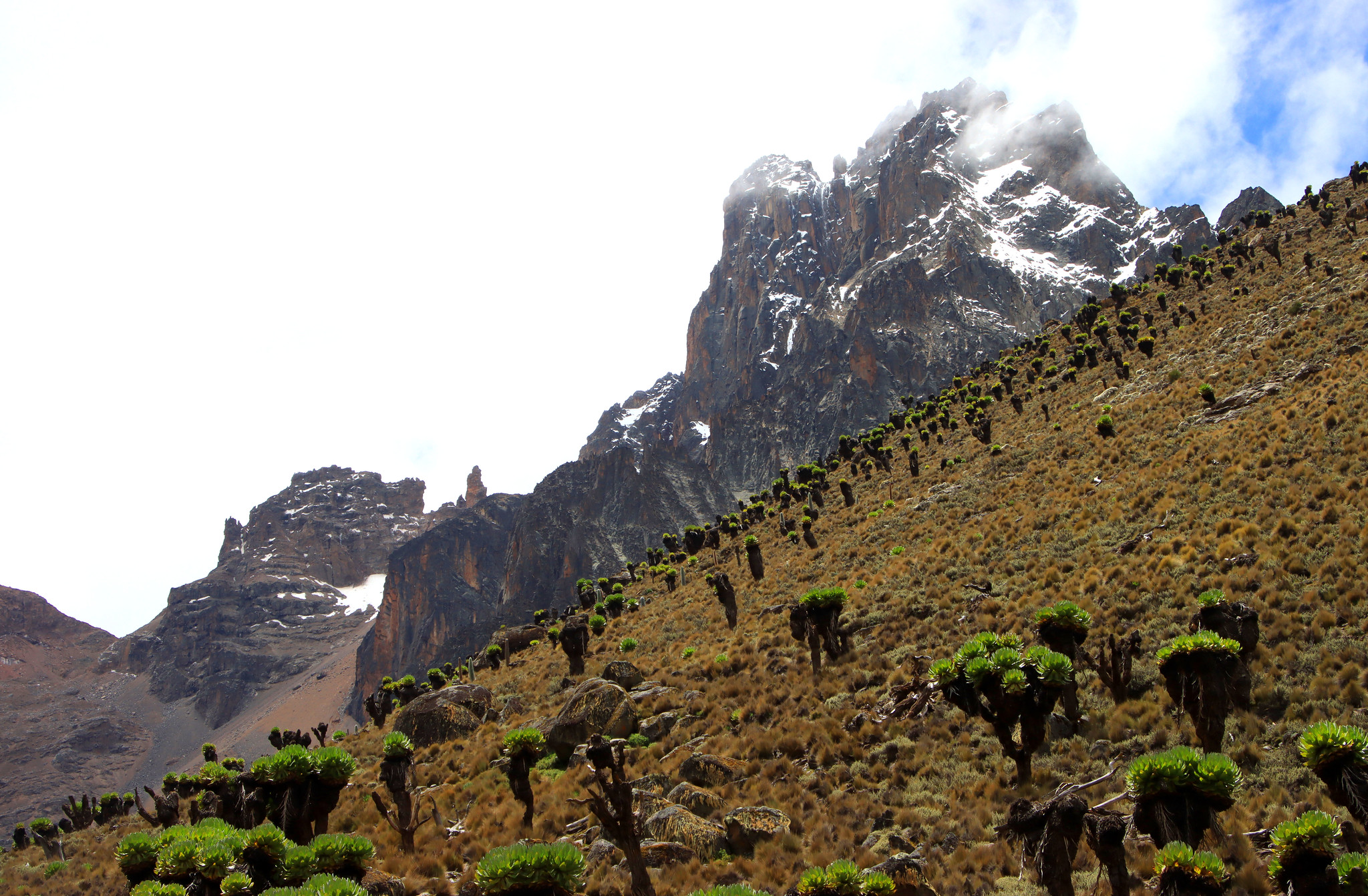
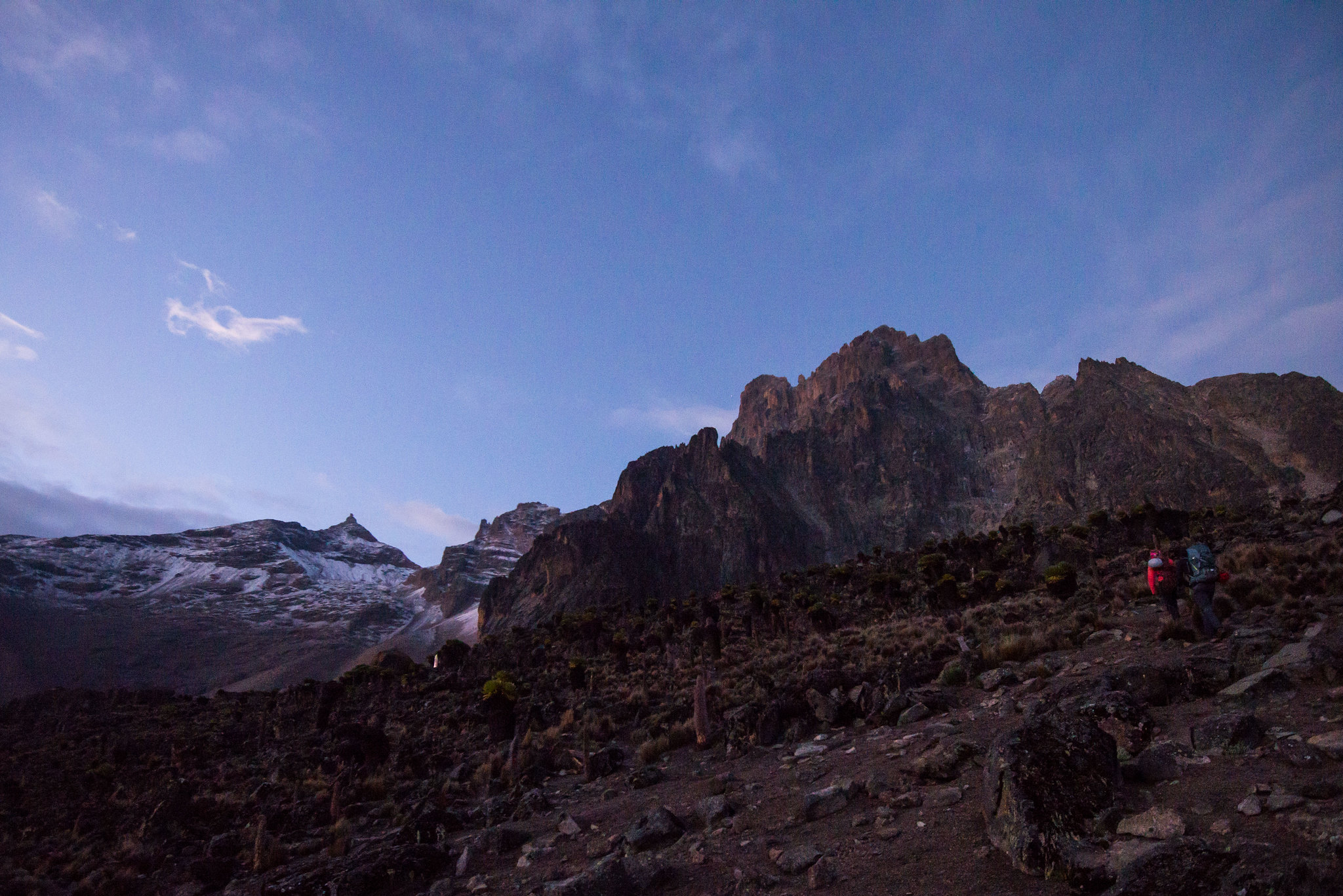
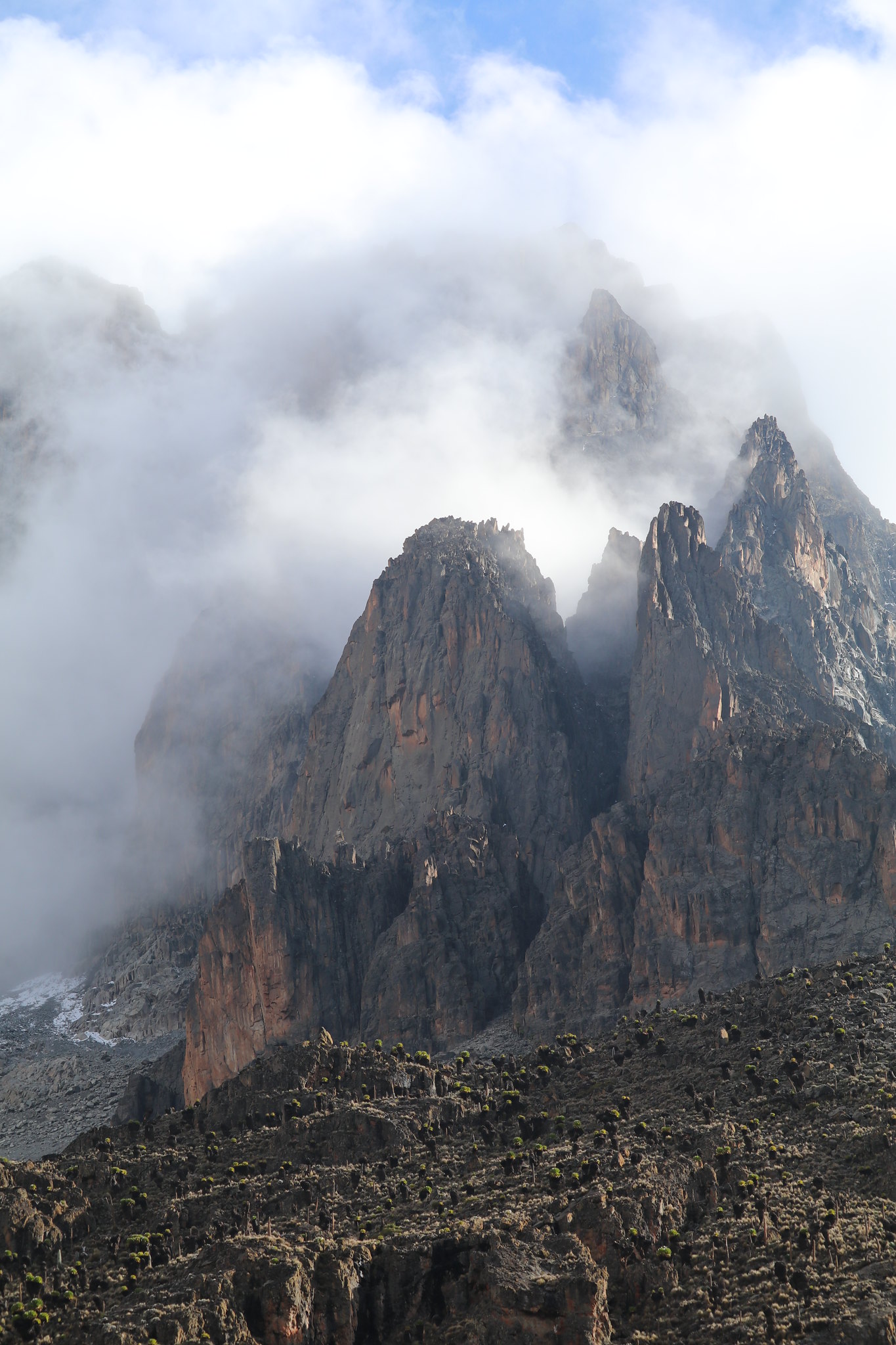
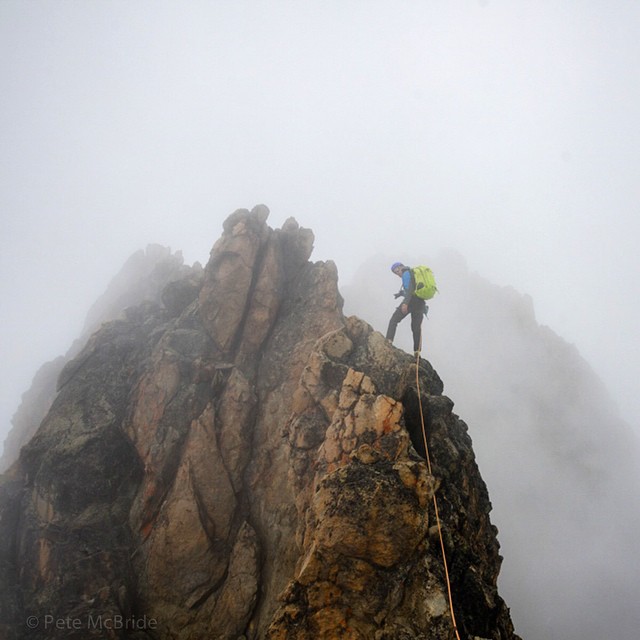
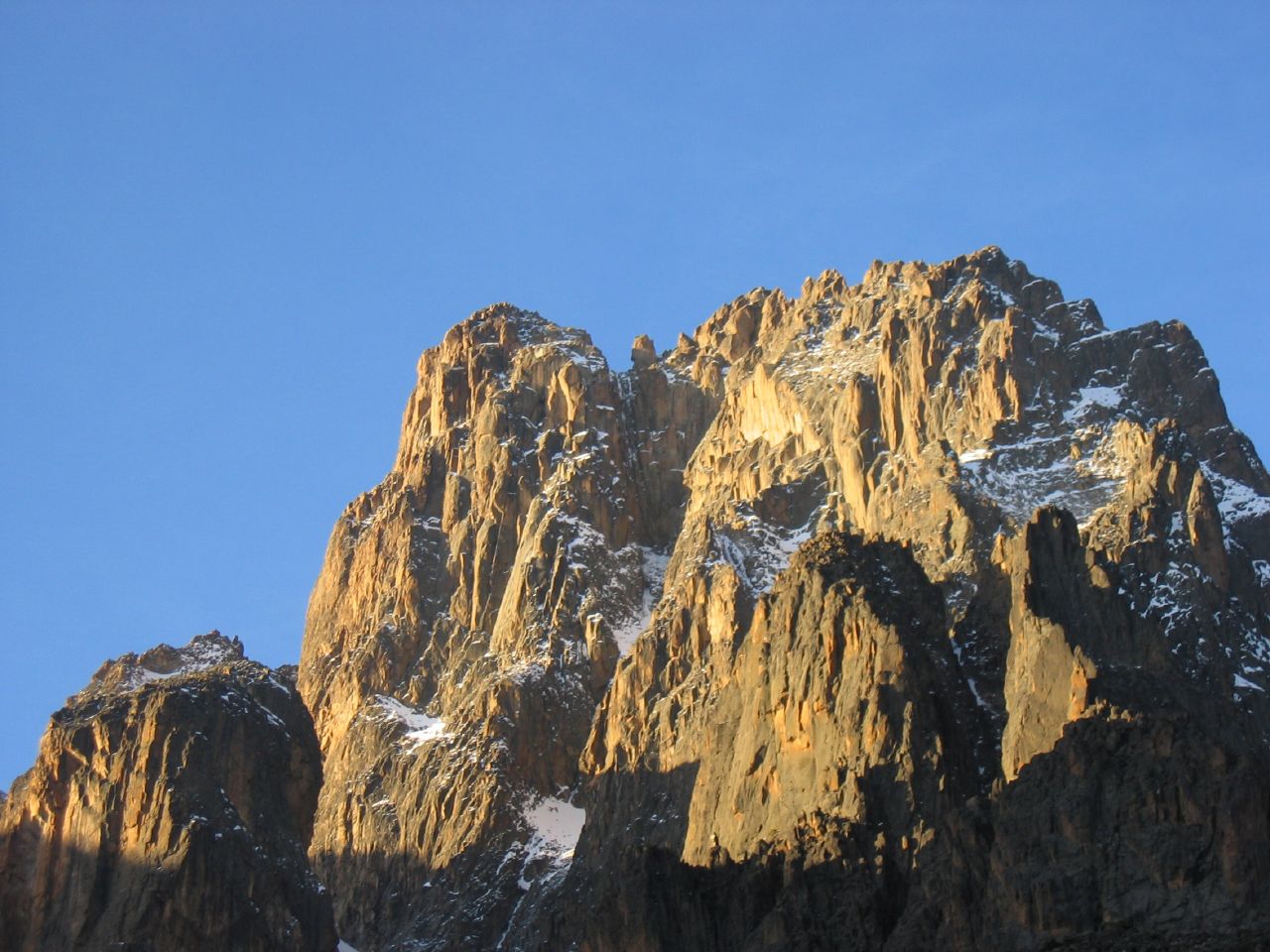
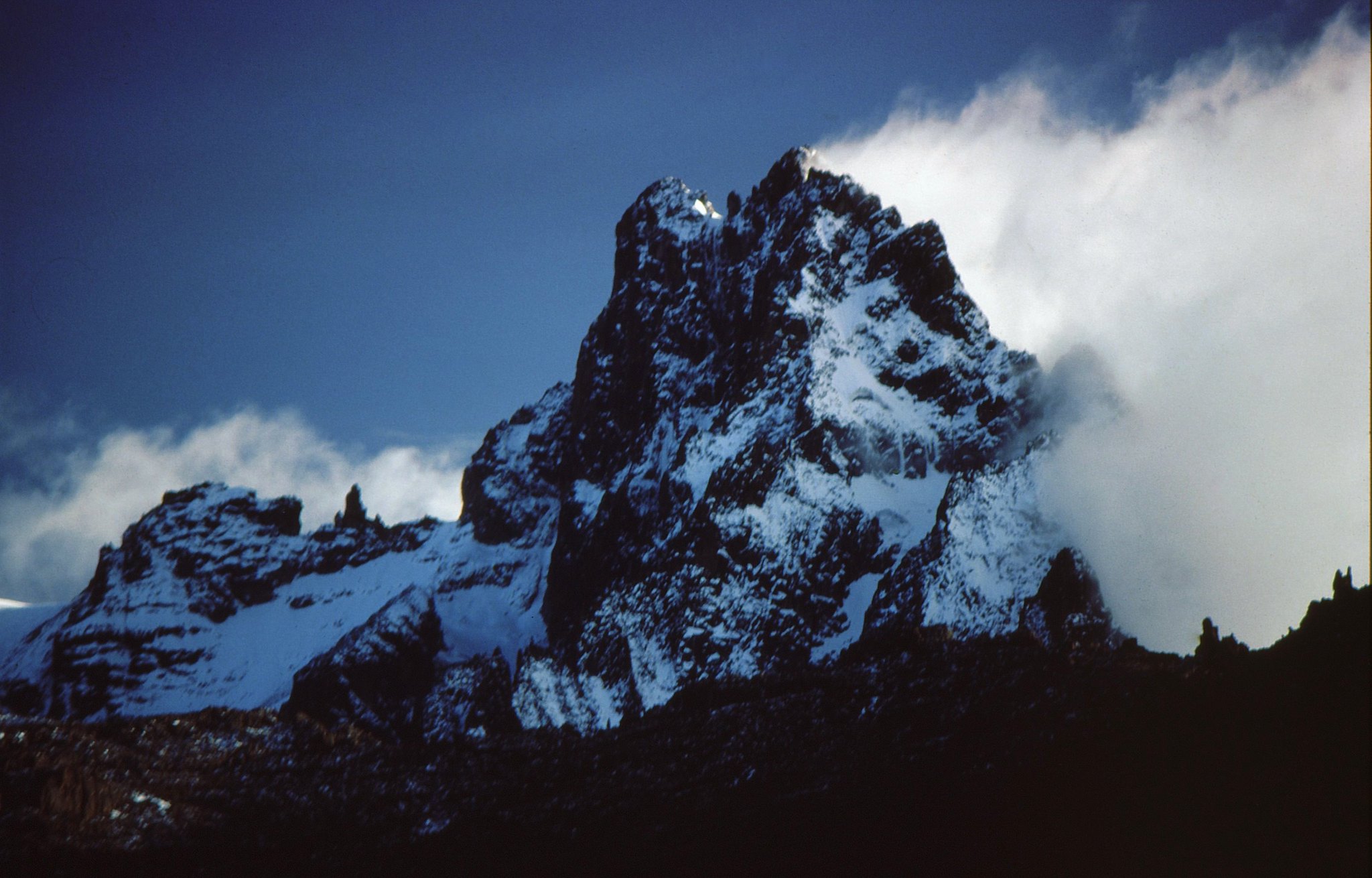
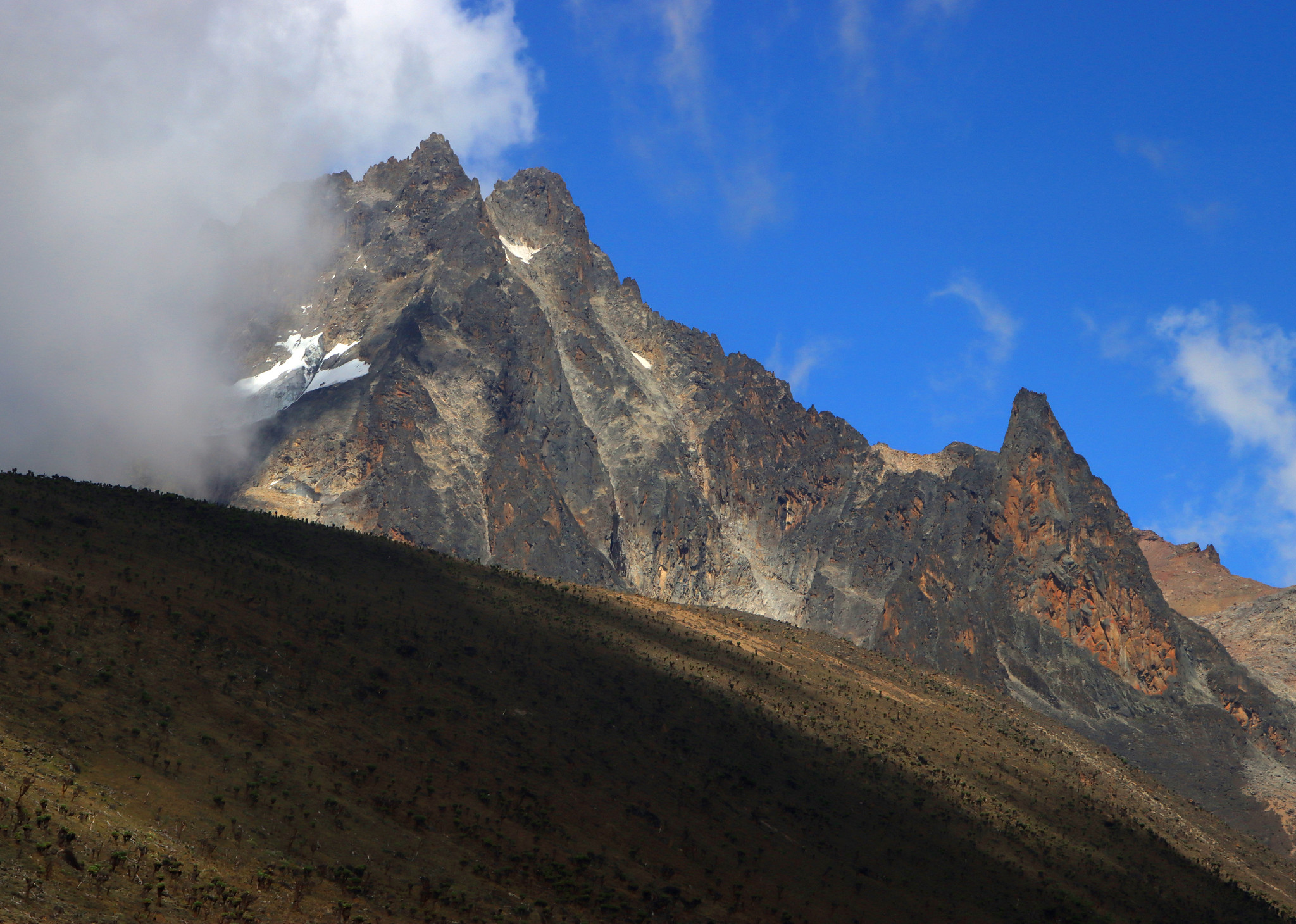
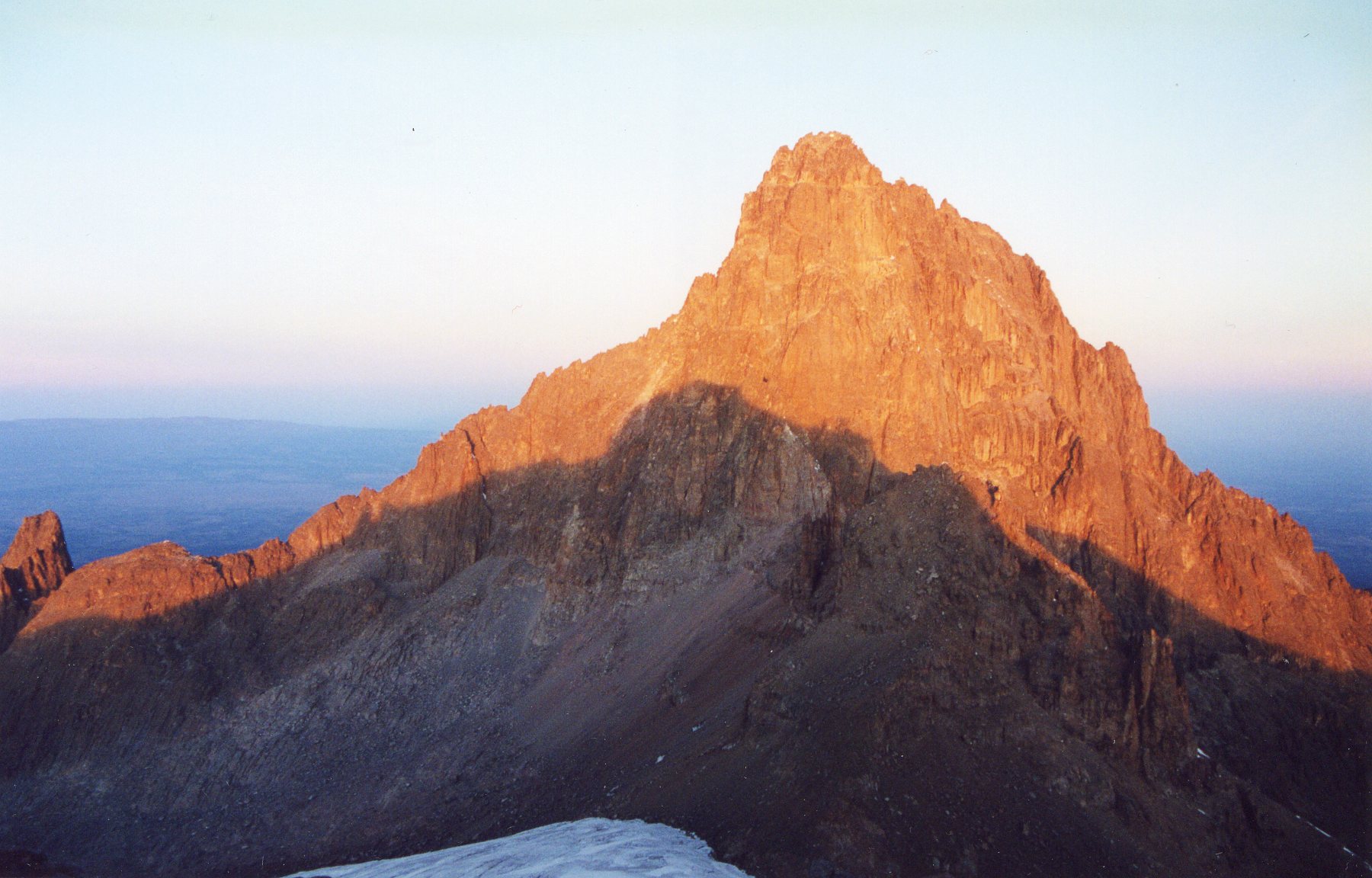
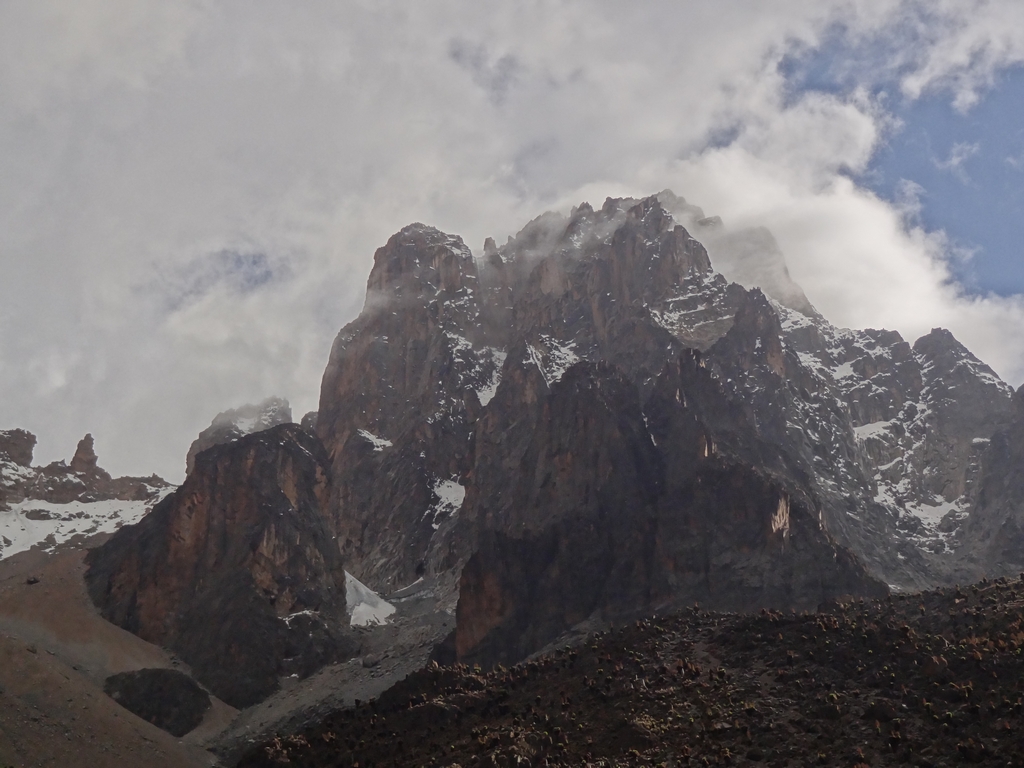
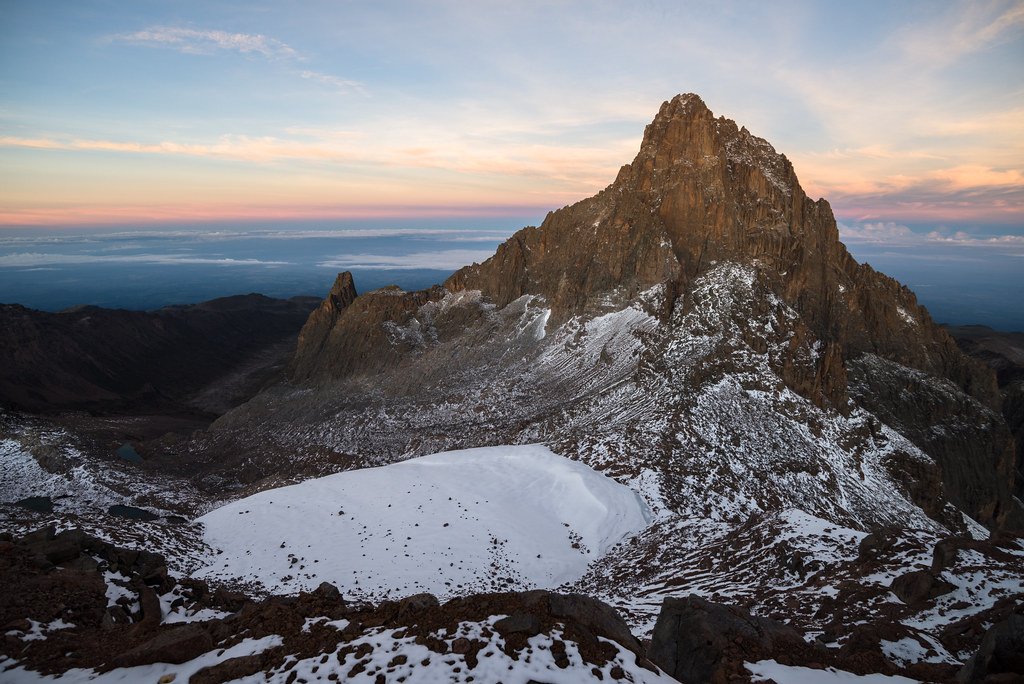
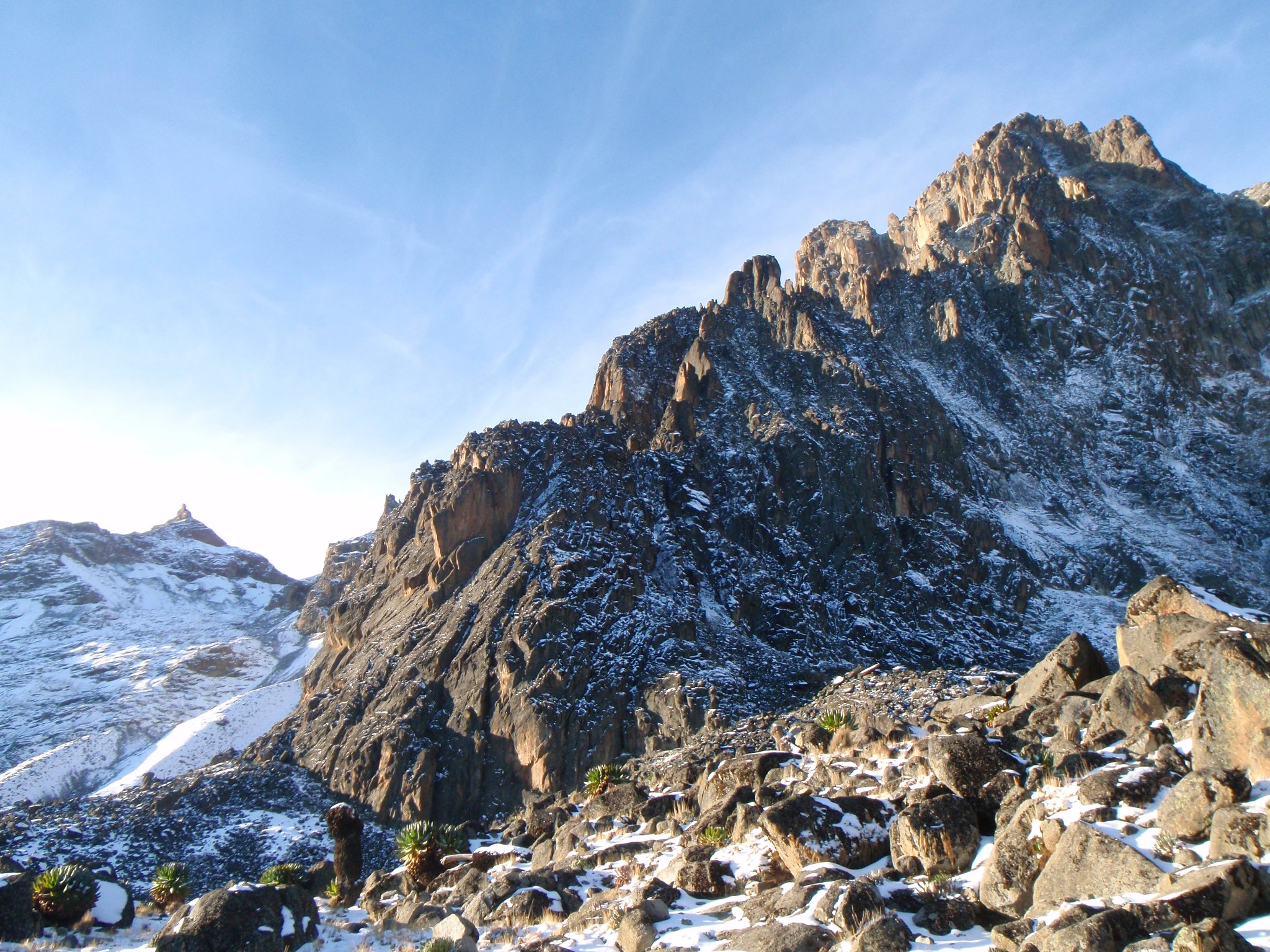
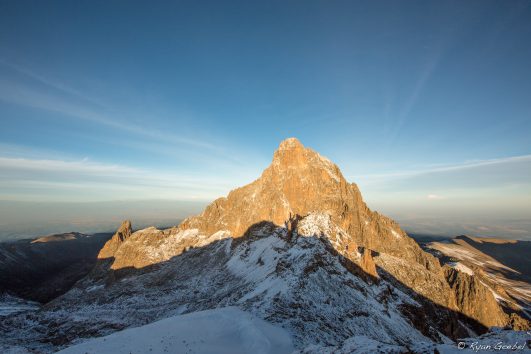
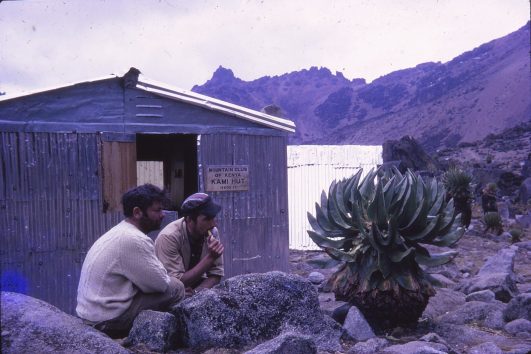
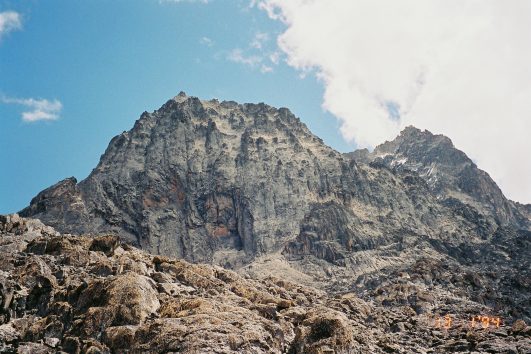
Tour Reviews
There are no reviews yet.
Leave a Review